Getting Started
Order the Book
Book Resources
- MATLAB Codes
- Interactive Modules
- Microwave Satellite Sensors
- Images
- Figures and Tables
- Images for Problem 15.10
- Other Computer Codes
- Errata
About the Book
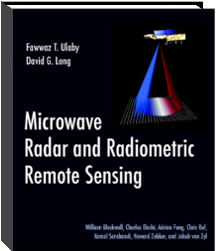
Principal Authors:
Fawwaz T. Ulaby
David G. Long,
Contributing Authors:
William Blackwell
Charles Elachi
Adrian Fung
Chris Ruf
Kamal Sarabandi
Jakob van Zyl
Howard Zebker
Language: English
ISBN: 978-0-472-11935-6
Author Biographies
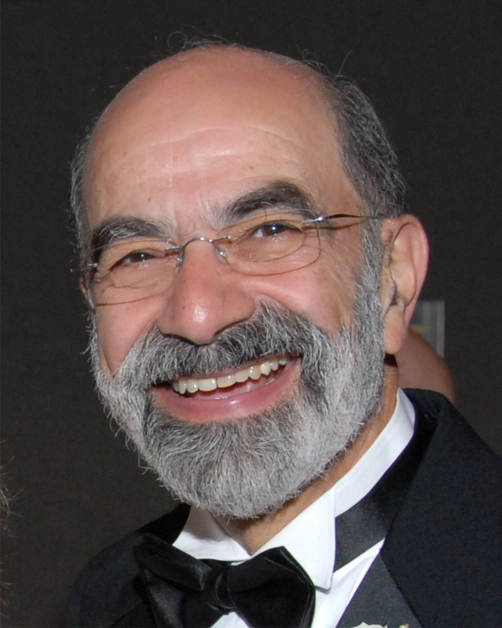
FAWWAZ T. ULABY
Fawwaz Ulaby is the Leith Distinguished University Professor of Electrical Engineering and Computer Science and former Vice President for Research (1999-2006) at the University of Michigan. He earned a B.S. degree in physics from the American University of Beirut (1964) and a Ph.D. in electrical engineering from the University of Texas at Austin (1968). The early part of his academic career was at the University of Kansas (1968-1984), and at Michigan since then. He has authored 15 books, published some 600 scientific papers, and supervised 115 graduate students. In 2006-2007 he chaired the Radar Review Team for the Phoenix spacecraft that landed on Mars in May of 2008. Professor Ulaby is a member of the National Academy of Engineering, and Fellow of IEEE and AAAS. He is the recipient of the William Pecora Award (2002)-a joint recognition by NASA and the Department of the Interior, the IEEE Thomas Edison Medal (2006), and the IEEE Education Medal (2012).

DAVID G. LONG
David Long received a Ph.D. in Electrical Engineering from the University of Southern California (1989) and B.S. and M.S. degrees in Electrical Engineering from Brigham Young University (1982 and 1983, respectively). He worked at NASA's Jet Propulsion Laboratory (1983-1990) where he was responsible for the design and development of the NASA Scatterometer (NSCAT) system. He supervised the design and analysis of spaceborne scatterometer and SAR systems including NSCAT, SIR-C, and Magellan. He was the Experiment Manager for SCANSCAT (which became SeaWinds). Since 1990 David has been on the faculty of the Electrical and Computer Engineering department at Brigham Young University where he is the Director of the BYU Center for Remote Sensing. He is the Principal Investigator for the Scatterometer Climate Record Pathfinder (www.scp.byu.edu). His publication record includes over 100 journal papers and over 300 conference papers. He has received several NASA Award of Achievement and Team Recognition awards. He is an Associate Editor for IEEE Geoscience and Remote Sensing Letters.
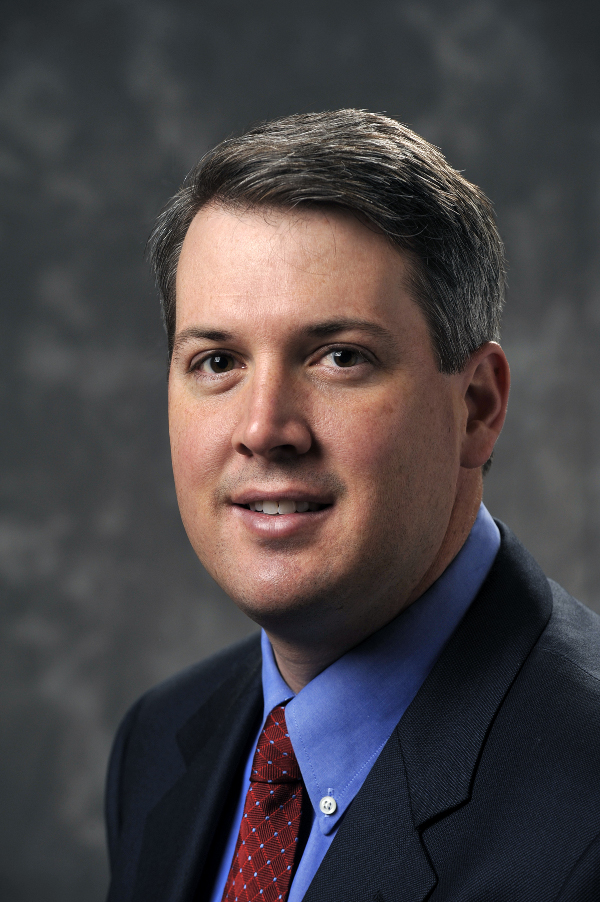
WILLIAM J. BLACKWELL
William Blackwell received the B.S. degree in Electrical Engineering from Georgia Tech and the S.M. and Sc.D. degrees in Electrical Engineering and Computer Science from MIT. He is currently an Assistant Leader of the Sensor Technology and System Applications group at the MIT Lincoln Laboratory. His primary research interests are in the area of atmospheric remote sensing, including the development and calibration of airborne and spaceborne microwave and hyperspectral infrared sensors, the retrieval of geophysical products from remote radiance measurements, and the application of electromagnetic, signal processing and estimation theory. Dr. Blackwell serves on multiple atmospheric sounding science teams for NASA and NOAA and is the principal investigator on the MicroMAS (Micro-sized Microwave Atmospheric Satellite) program, comprising a high-performance passive microwave spectrometer hosted on a 3U CubeSat planned for launch in 2013, and the Microwave Radiometer Technology Acceleration (MiRaTA) CubeSat planned for launch in 2015.
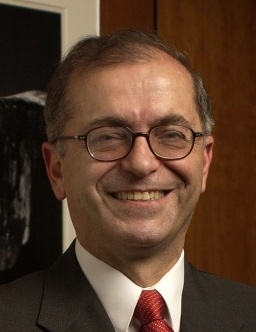
CHARLES ELACHI
Charles Elachi is Director of the Jet Propulsion Laboratory and Professor of Electrical Engineering and Planetary Science at the California Institute of Technology. Dr. Elachi received his B.Sc. (1968) in Physics from University of Grenoble, France; the Dipl. Ing. (1968) in Engineering from the Polytechnic Institute, Grenoble, and M.Sc. (1969) and Ph.D. (1971) degree in Electrical Sciences from CalTech. He has been a principal investigator on a number of NASA flight projects: Shuttle Imaging Radar series (Science Team Leader), the Magellan Imaging Radar (Team Member), and Cassini Titan Radar (Team Leader). He is the author of over 230 publications and three textbooks in the fields of active microwave remote sensing and electromagnetic theory. Dr. Elachi is a member of the National Academy of Engineering. He received numerous awards, including, the National Academy of Engineering Arthur M. Bueche Award (2011) and Chevalier de la Légion d'Honneur (2011).
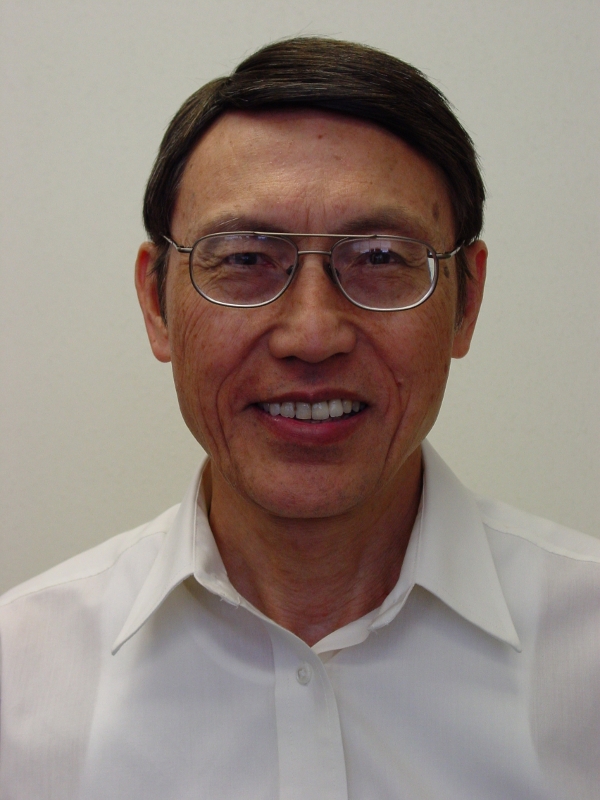
ADRIAN K. FUNG
Adrian Fung earned a Ph.D. from the University of Kansas, Lawrence. He was the director of the Wave Scattering Research Center and Jenkins Garrett Professor of Electrical Engineering, and a member of the Academy of Distinguished Scholars at the University of Texas at Arlington. Dr. Fung is a Life Fellow of IEEE and a member of U.S. Commission F (Wave Propagation and Remote Sensing) of the International Scientific Radio Union. He was awarded the Halliburton Excellence in Research Award (1987), the Distinguished Research Award (1989) from the University of Texas at Arlington, and the Distinguished Achievement Award (1989) from the IEEE Geoscience and Remote Sensing Society. Dr. Fung is the author of several books, including Microwave Scattering and Emission Models and Their Applications (Artech House, 1994). He has served as an associate editor of Radio Science and IEEE Journal of Oceanic Engineering and was an editor of Journal of Electromagnetic Waves and Applications. He has published over 150 journal articles, and his research interests include electromagnetic wave scattering and emission from irregular surfaces and random media.
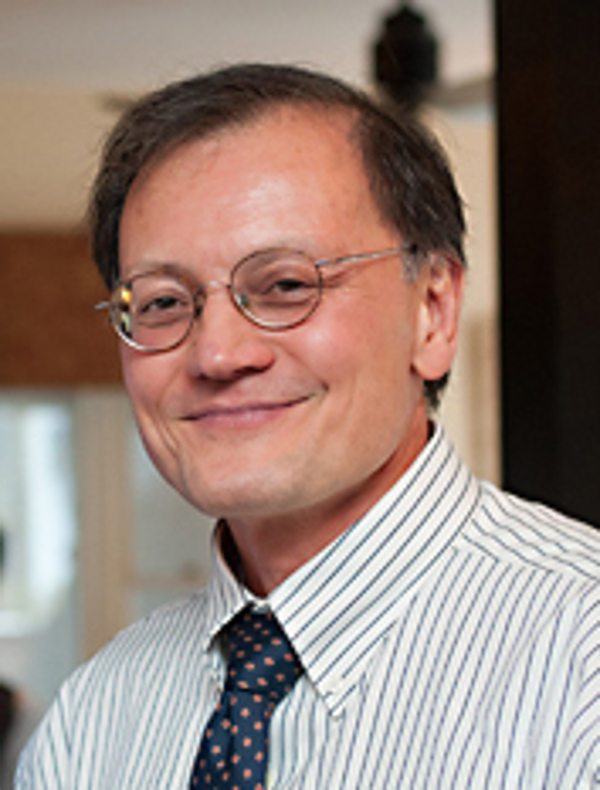
CHRISTOPHER S. RUF
Christopher Ruf received the B.A. degree in Physics from Reed College, Portland, OR, and the Ph.D. degree in Electrical and Computer Engineering from the University of Massachusetts, Amherst. He is currently a Professor of Atmospheric, Oceanic, and Space Sciences and of Electrical Engineering and Computer Science, and Director of the Space Physics Research Laboratory at the University of Michigan. He has worked previously at Intel Corporation, Hughes Space and Communication, the NASA Jet Propulsion Laboratory, and the Pennsylvania State University. His research interests include microwave radiometry, GNSS-R bistatic scatterometry, sensor calibration and RFI mitigation, sensor technology development, and atmosphere and ocean geophysical retrieval algorithm development. He is currently Principle Investigator of the NASA Cyclone Global Navigation Satellite System (CYGNSS) mission. Dr. Ruf is a Fellow of the IEEE and former Editor-in-Chief of its Transactions on Geoscience and Remote Sensing.
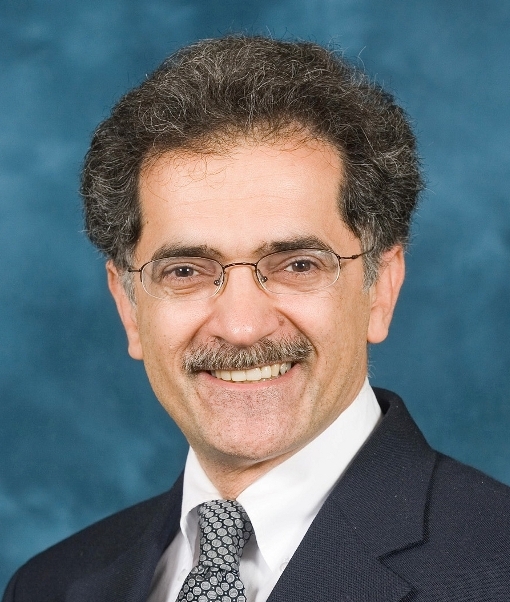
KAMAL SARABANDI
Kamal Sarabandi is the Rufus S. Teesdale Professor of Engineering and Director of The Radiation Laboratory in the Department of Electrical Engineering and Computer Science at The University of Michigan. His research areas include microwave and millimeter-wave radar remote sensing, Meta-materials, electromagnetic wave propagation, and antenna miniaturization. Professor Sarabandi has supervised 42 Ph.D. and numerous Masters students and postdoctoral fellows. He has published many book chapters, more than 230 papers in refereed journals, and more than 520 conference papers. Dr. Sarabandi served as a member of NASA Advisory Council for two consecutive terms from 2006-2010 and is now serving as the executive vice president of the IEEE Geoscience and Remote Sensing Society (GRSS). Currently he is leading the Center for Microelectronics and Sensors funded by the Army Research Laboratory. His contributions to the field of electromagnetics have been recognized by many awards including Humboldt Research Award, the IEEE GRSS Distinguished Achievement Award, the IEEE Judith A. Resnik Medal, and the IEEE GRSS Education Award.

JAKOB J. VAN ZYL
Jakob van Zyl is the Associate Director at the Jet Propulsion Laboratory responsible for Project Formulation and Strategy. He has more than 20 years of research experience in satellite remote sensing. He received the Hons. B. Eng. degree cum laude in Electronics Engineering from the University of Stellenbosch, Stellenbosch, South Africa (1979) and the M.S. and Ph.D. degrees in Electrical Engineering from the California Institute of Technology, Pasadena, in (1983 and 1986, respectively). He was elected Fellow of the IEEE Geoscience and Remote Sensing Society in 1998. He has co-authored two textbooks on the physics and techniques of remote sensing, contributed to another thirteen books on remote sensing, and published more than 100 papers in peer-reviewed journals and conference proceedings. Dr. van Zyl is a Senior Faculty Associate at the California Institute of Technology, where he teaches the course "Introduction to the Physics and Techniques of Remote Sensing."
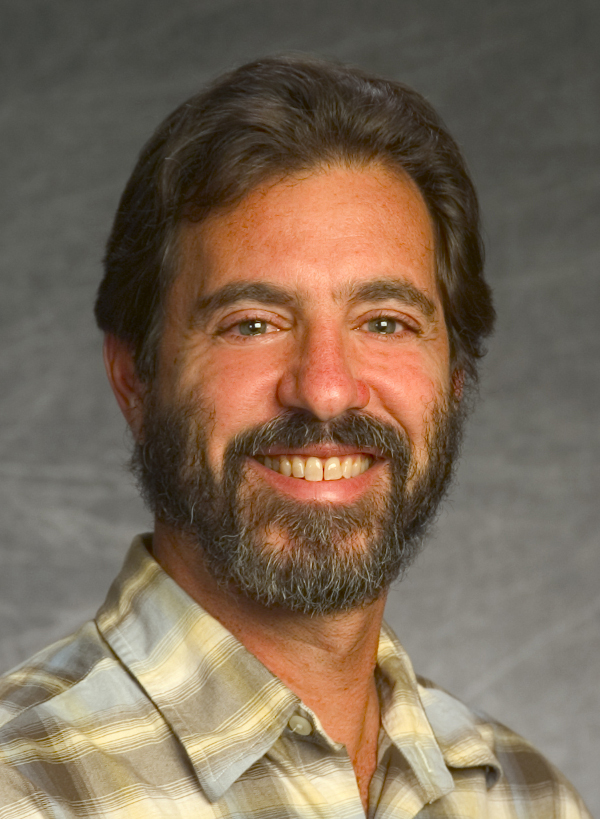
HOWARD A. ZEBKER
Howard Zebker was born in Ventura, California, received the B.S. degree from Caltech (1976), the M.S. from UCLA (1979), and the Ph.D. from Stanford (1984). He is currently Professor of Geophysics and Electrical Engineering at Stanford University, where his research group specializes in interferometric radar remote sensing. Originally a microwave engineer, he built support equipment for the SEASAT satellite synthetic aperture radar and designed airborne radar systems. He later developed imaging radar polarimetry, a technique for measurement of the radar scattering matrix of a surface. He is best known for the development of radar interferometry, leading to spaceborne and airborne sensors capable of measuring topography to meter scale accuracy and surface deformation to mm scale. More recently he has been participating in the NASA Cassini Mission to Saturn, concentrating on analysis of data acquired by the radar/radiometer instrument.